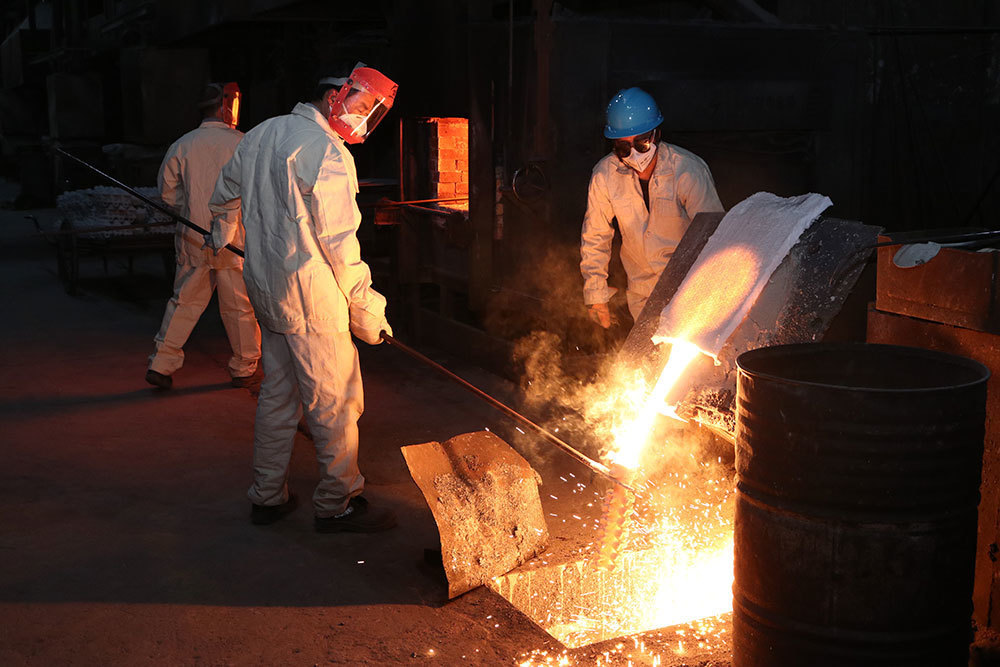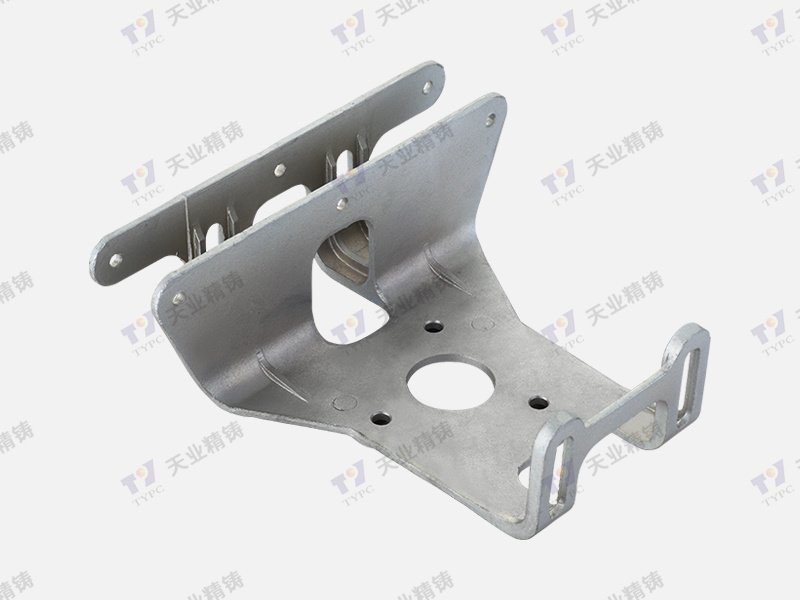2025-03-28
The Impact of Material Selection on Transmission Fork Casting Performance: A Comprehensive Guide
The Impact of Material Selection on Transmission Fork Casting Performance
Table of Contents
- Introduction to Transmission Forks and Their Importance
- Criteria for Material Selection in Casting
- Common Materials Used in Transmission Forks
- Mechanical Properties and Their Impact on Performance
- Casting Techniques and Material Compatibility
- Case Studies on Material Selection and Performance
- Future Trends in Materials for Transmission Forks
- Conclusion
- FAQs
Introduction to Transmission Forks and Their Importance
Transmission forks play a critical role in the operation of various machinery, particularly in the automotive and aerospace industries. They are designed to guide and position components such as gears and levers. The **performance and durability** of these forks depend largely on the materials selected for their production. Understanding the impact of material selection on casting performance is vital for manufacturers aiming to optimize their products for efficiency and longevity.
Criteria for Material Selection in Casting
When selecting materials for transmission fork casting, several criteria must be considered to ensure the best performance. Key factors include:
- **Strength and Stiffness**: These properties determine how well the material can withstand loads without deforming.
- **Wear Resistance**: Transmission forks are subject to friction; thus, materials must resist wear to extend their operational life.
- **Corrosion Resistance**: To withstand various environmental conditions, materials should be resistant to corrosion.
- **Manufacturability**: The chosen material should be easy to cast and machine, reducing production costs and time.
- **Cost**: While performance is critical, the overall cost of materials can significantly impact the project's feasibility.
By assessing these criteria, manufacturers can make informed decisions that enhance the overall performance of transmission forks.
Common Materials Used in Transmission Forks
Aluminum Alloys
Aluminum alloys are widely used in transmission fork manufacturing due to their **lightweight** nature and excellent corrosion resistance. They also offer good strength-to-weight ratios, making them suitable for applications where reducing weight is essential. The most common aluminum alloys used include:
- **6061 Aluminum**: Known for its good mechanical properties and weldability, this alloy is often used in automotive applications.
- **7075 Aluminum**: This high-strength alloy is ideal for aerospace applications where performance is critical.
Steel Alloys
Steel alloys offer superior strength and durability compared to aluminum. They are often chosen for transmission forks in heavy-duty applications. Key steel alloys include:
- **4130 Chromoly Steel**: Renowned for its high strength and toughness, this alloy is frequently used in racing applications.
- **4340 Steel**: This alloy exhibits excellent fatigue resistance and is commonly employed in high-performance environments.
Composite Materials
Composite materials, which combine two or more distinct materials, are gaining popularity in transmission fork production. They offer unique advantages such as:
- **Weight Reduction**: Composites can significantly reduce the weight of transmission forks without compromising strength.
- **Tailored Properties**: Manufacturers can engineer composites to exhibit desired mechanical properties, making them versatile for various applications.
Mechanical Properties and Their Impact on Performance
The mechanical properties of materials directly influence the performance of transmission forks. Key properties to consider include:
- **Yield Strength**: The yield strength of a material indicates how much stress it can withstand without permanent deformation. Higher yield strength materials can better handle dynamic loads.
- **Tensile Strength**: This property measures how much pulling force a material can endure before breaking. It is essential for transmission forks that experience high-stress conditions.
- **Impact Toughness**: This property signifies a material's ability to absorb energy during sudden impacts. Forks made from materials with high impact toughness are less likely to fracture during operation.
Understanding these properties helps manufacturers select the right materials, ensuring the transmission forks can sustain their operational roles under various conditions.
Casting Techniques and Material Compatibility
The casting technique used to produce transmission forks also affects the final product's performance. Common casting methods include:
- **Sand Casting**: This technique is popular for its versatility and cost-effectiveness. However, it may not always produce the best surface finish.
- **Investment Casting**: Known for its precision, investment casting allows for complex geometries and is often used for high-strength alloys.
- **Die Casting**: This method is suitable for high-volume production of aluminum parts, offering excellent dimensional accuracy.
Material compatibility with the chosen casting technique is crucial. For instance, some alloys may not be suitable for sand casting due to their melting points or fluidity. Ensuring compatibility can lead to better-quality castings and enhanced performance.
Case Studies on Material Selection and Performance
Several case studies highlight the significance of material selection in enhancing transmission fork performance:
- **Case Study 1**: A major automotive manufacturer replaced traditional steel forks with 7075 aluminum forks, resulting in a **20% weight reduction** and improved fuel efficiency without sacrificing performance.
- **Case Study 2**: An aerospace company utilized composite materials in their transmission forks, achieving a **30% increase in impact resistance**, which significantly improved the safety of their systems.
These examples illustrate how thoughtful material selection can lead to substantial improvements in performance and efficiency.
Future Trends in Materials for Transmission Forks
As technology advances, new materials and methods are emerging for transmission fork production. Some trends to watch include:
- **Advanced Alloys**: Development of new high-strength alloys that offer better performance at lower weights.
- **Smart Materials**: Materials that can adapt to changing conditions, enhancing performance and safety.
- **Recyclable Materials**: Greater emphasis on sustainability is driving the use of materials that can be reused, reducing the environmental impact of manufacturing.
Keeping an eye on these trends can help manufacturers stay ahead of the curve and improve their product offerings.
Conclusion
The selection of materials for transmission fork casting is a crucial aspect that directly influences performance, durability, and overall efficiency. With careful consideration of mechanical properties, casting techniques, and emerging trends, manufacturers can optimize their products to meet the demands of modern applications effectively. By staying informed and adapting to changes in material science, companies can ensure their transmission forks remain competitive in an ever-evolving industry.
FAQs
1. What materials are commonly used in transmission fork casting?
Transmission forks are typically made from aluminum alloys, steel alloys, and composite materials, each offering unique benefits.
2. How does material selection impact the performance of transmission forks?
The choice of material affects factors such as strength, wear resistance, and overall durability, which are critical for optimal performance.
3. What casting techniques are best for manufacturing transmission forks?
Common techniques include sand casting, investment casting, and die casting, each with its advantages depending on the material used.
4. Are there any emerging trends in materials for transmission forks?
Yes, advancements in high-strength alloys, smart materials, and sustainability-focused materials are shaping the future of transmission fork manufacturing.
5. How can manufacturers ensure compatibility between materials and casting techniques?
By conducting thorough research and testing, manufacturers can determine which materials work best with specific casting methods to achieve desired outcomes.









